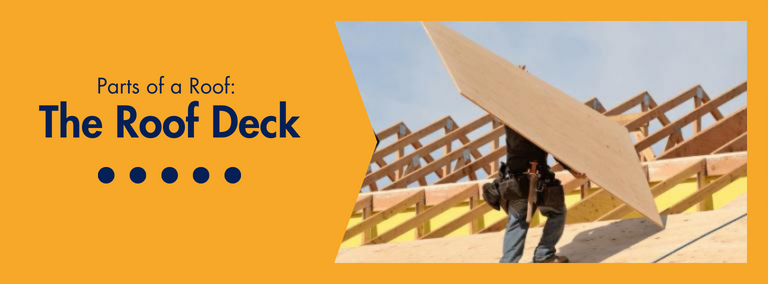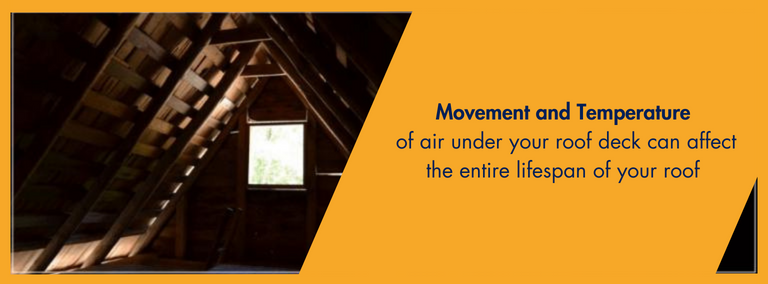Understanding Your Roof
If you’re reroofing your home, all the elements to learn about can be overwhelming. There’s not only the roofing materials like shingles and metal; there’s the underlayment, the decking under the underlayment, the flashing, and what on earth is fascia anyway?
It doesn’t have to be so complicated. At Joyland Roofing, we like to take the mystery out of roofing, and help our customers understand what we’re installing and how we’re installing it, so you can make informed decisions and feel secure in your roof.

Roof Decking Explained – What is it?
When a roofer talks about decking or sheathing, they’re talking about the plywood or other wood under the shingles. The framing of your roof holds the decking up, but in a sense, the decking is your roof. It’s a crucial part of your home that can get ignored by price-cutting roofers, but making sure that the roof decking is in good condition is one of the most important parts of any roof work.
Why Do You Need a Solid Roof Deck?
Putting new shingles onto a rotting or damaged roof deck risks more damage to your home over time. The shingles you’re installing can be damaged, and won’t function as well as they should. This will significantly decrease how long your new roof will last. Damaged shingles can cause water to pool in sagging areas and create leaks.
When installing the roofing materials, if the roof deck is soft or damaged, the nails used to install the shingles won’t hold. You can then lose entire sections of shingles to wind or gravity.
How Does Roof Decking Affect Ventilation?
Ventilation not only impacts the movement of air within your home, but it can also affect the lifespan of your roof. If your roof decking is sagging between rafters, that’s usually a sign of poor ventilation. The repeated cycle of heat and moisture in an unventilated attic space will break down the strength of the plywood decking, leading to a weak, wavy-looking roof that struggles with snow loads.
Make sure to discuss proper ventilation with your roofing contractor, so the new roof you’re installing stays strong for its entire lifespan.

Roof Decking on Older Homes
Newer construction homes use plywood or OSB boards for the roof deck. However, if your home was built more than about 30 years ago, you probably have more traditional lumber boards for your roof deck. Sometimes those boards are just fine, and your roof can be reshingled with no problems.
More often, the boards have large gaps between them that cause problems when installing shingles. If a roof deck isn’t solid and consistent, some of the shingle nails will miss the boards entirely, and over time you’ll lose shingles. These roofs require plywood or OSB decking to be added on top of the existing boards.
Older slate and wood shake roofs were typically installed on wood lathe strips, instead of on a solid roof deck. If you’re replacing a slate or shake roof with shingles, getting a new roof deck installed should be a priority.
Talking About Your Roof Deck
If you’re getting your roof replaced, make sure to ask your contractor about your roof deck – not just about the shingles, metal, or solar panels. Ensure they inspect the sheeting thoroughly and replace any sections that have visible damage.
You should also ask your roofing contractor if they can inspect your roof deck from inside, if you have an accessible attic space. They can check if any decking is needed to be included on the estimate from the beginning.
Feel confident that your roofing contractor has a plan for your roof deck, and don’t be afraid to ask questions so you know what’s going on!
Joyland Roofing wants to speak with you!
Don’t settle for a contractor that you’re just okay with hiring because they are convenient and cheaper. The health of your roof greatly changes the health of your entire home. We want to consult with you as you start your home’s roof replacement journey.
Editor’s Note: This post was originally published in August 2018 and has been revamped and updated for accuracy and comprehensiveness in April 2024.
Pennsylvania Home Improvement Contractor License (HIC) # PA124258


